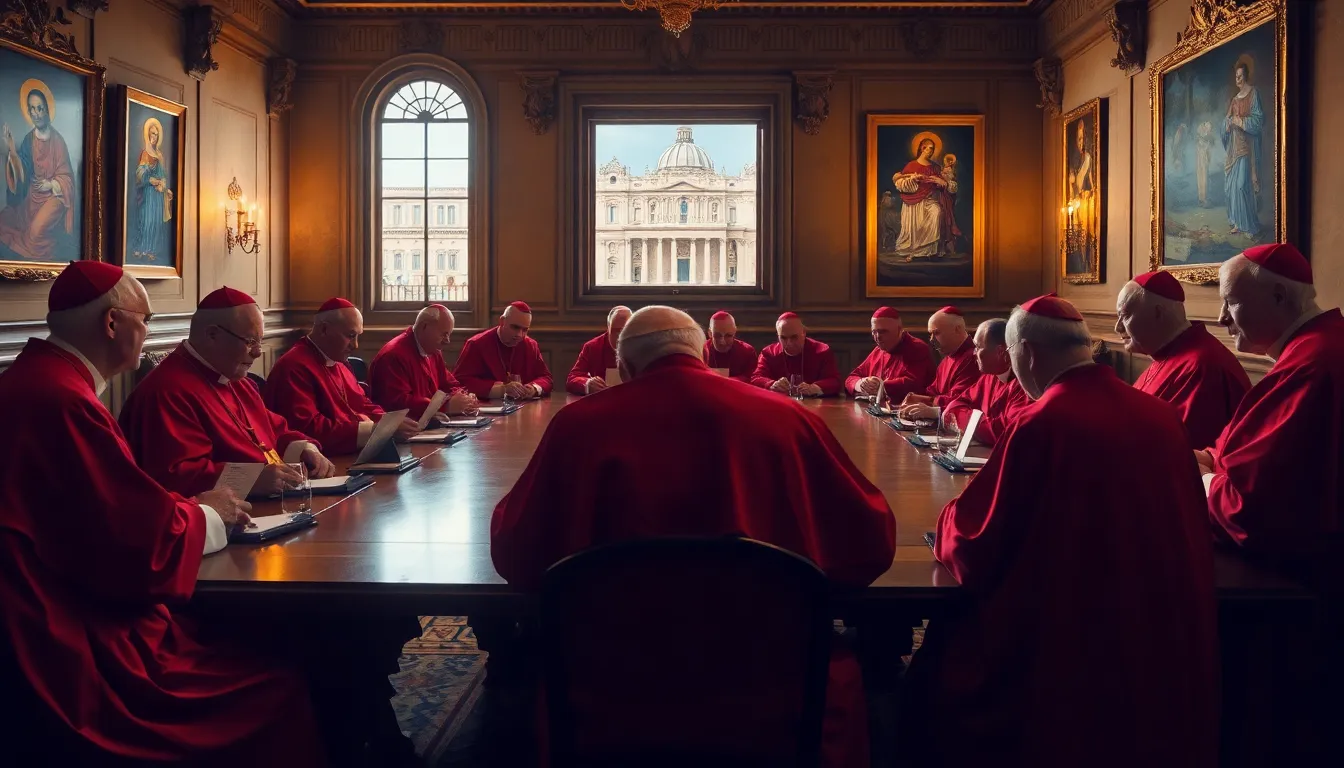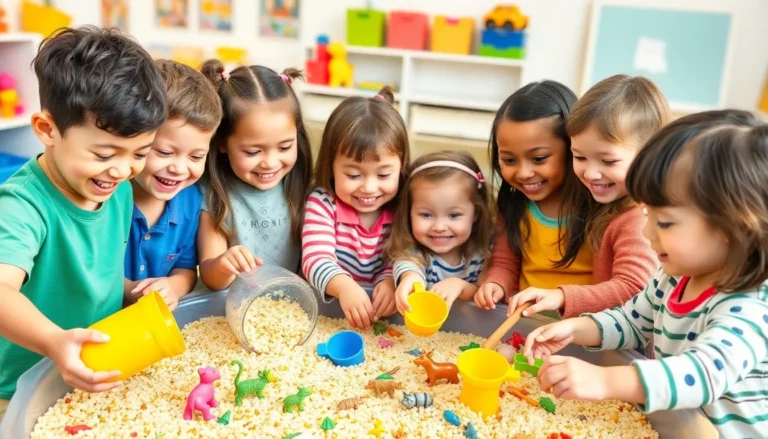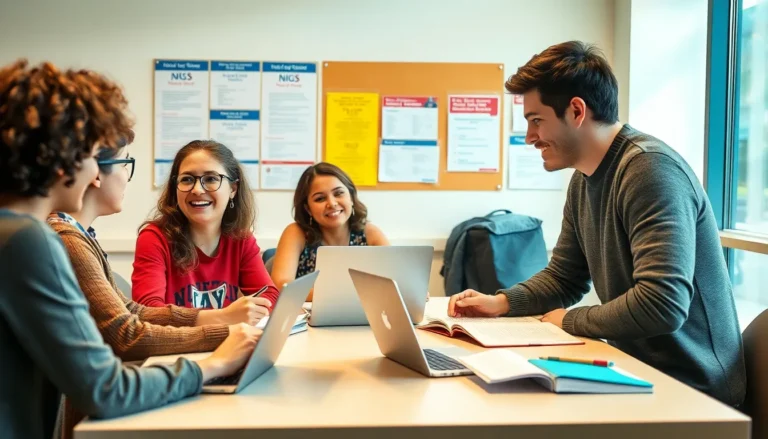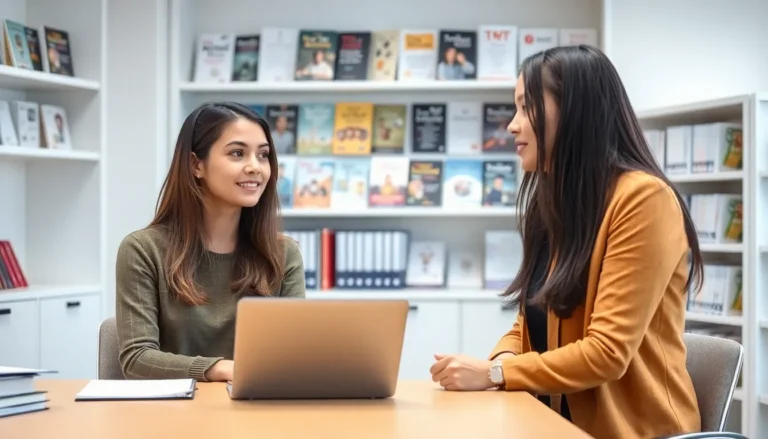Table of Contents
ToggleWhen it comes to the conclave, the process of electing a new pope, the duration can feel like a suspenseful game show where the stakes are sky-high. Picture this: a room full of cardinals, locked away, debating and praying, while the world waits with bated breath. But how long does this sacred gathering actually last?
While some might think it’s a quick affair, history shows that conclaves can stretch from a few days to even weeks. It’s not just a matter of picking a favorite; it’s about divine inspiration, consensus, and maybe even a little divine intervention. So grab your popcorn and settle in, because understanding the timeline of a conclave is as intriguing as the drama that unfolds within those hallowed walls.
Overview of Conclave
Conclave serves as the critical process for electing a new pope, defined by ceremonies rich in tradition. Duration varies greatly; it can last a few days or extend several weeks. Cardinals gather to debate, pray, and seek agreement, often experiencing intense discussions. Each moment becomes vital as they navigate differing opinions and traditions.
Divine inspiration plays a central role; the cardinals aim for consensus while honoring the weight of their responsibility. They engage in multiple voting rounds, each followed by moments of reflection and prayer, fostering a spiritual connection. The last conclave in 2013 lasted just over two days, while previous conclaves sometimes took weeks.
Vatican City remains the exclusive venue, steeped in historical significance. Once the cardinals lock themselves away, no external communication occurs. Secrecy becomes essential, heightening the solemn atmosphere. Color-coded smoke signals the outcome of voting rounds, adding a tangible element to the suspense experienced worldwide.
Ultimately, the process encapsulates a blend of the sacred and the solemn. Each conclave reflects the unique challenges and dynamics faced by the Church, making the timeline of events as compelling as the election itself.
Historical Duration of Conclave
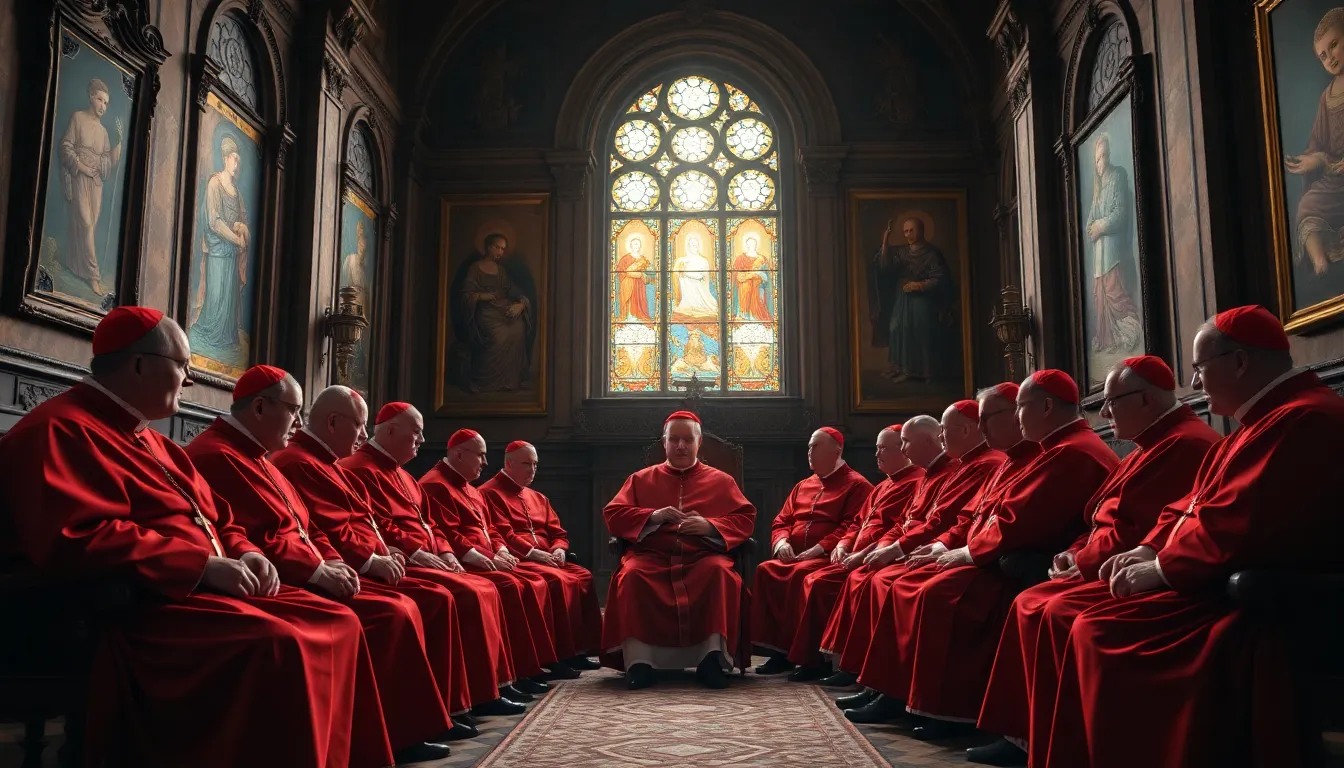
Duration of the conclave has evolved over centuries, reflecting changes in practices and priorities. Historical data reveals variations in timing linked to church governance and cardinal selection.
Early Practice and Timings
Early conclaves often lasted longer than those of today. For instance, the conclave of 1268-1271 extended for nearly three years due to intense political disputes. Initially, church leaders struggled to unify diverse factions, leading to prolonged deliberations. Regularly, these gatherings extended beyond a few days and sometimes spanned months, as cardinals sought divine guidance during lengthy discussions. Secrecy and intense debate characterized this early era, where the need for consensus took precedence over quick resolutions.
Modern Changes in Duration
Modern conclaves generally conclude within a shorter timeframe. The 2013 conclave, for instance, lasted approximately two days, marking a significant reduction in duration compared to historic examples. With streamlined processes and improved communication, today’s cardinals engage in focused deliberations. Voting rounds occur swiftly; however, they still reflect the gravity of the decision at hand. Changes in internal rules and practices allow for expedited discussions while maintaining the integrity of the election process. Thus, contemporary conclaves often balance urgency with the depth of reflection and prayer vital to elect a new pope.
Factors Affecting Conclave Duration
Several factors influence how long a conclave lasts. The number of cardinals present plays a significant role in the duration.
Number of Cardinals Present
Fewer cardinals can lead to quicker decisions due to streamlined discussions. Conversely, a larger group may prolong deliberations as they navigate diverse perspectives. For instance, a conclave of 120 cardinals can take longer compared to one with only 80, as more viewpoints require extensive discourse. Notably, the size of the electorate impacts the consensus-building process. Different factions within the cardinals may create tension, leading to longer discussions before reaching an agreement.
Voting Procedures
Voting procedures substantially affect the length of a conclave. Each voting round includes a period for reflection and discussion before casting ballots, which adds time to the process. Cardinals can vote multiple times until a candidate secures the required two-thirds majority. A single round of voting can stretch across hours, especially if discussions continue. Additionally, the introduction of complexities in voting rules may extend the timeframe. Historical practices, such as requiring a specific number of votes for a candidate’s acceptance, also influence how quickly a conclave concludes.
Specific Examples of Conclave Duration
The duration of conclaves varies widely, reflecting unique circumstances around each election. Recent events provide insight into how long these significant gatherings can last.
Recent Papal Elections
The 2013 conclave elected Pope Francis in just over two days, exemplifying a swift decision-making process. Cardinal Jorge Mario Bergoglio received the required votes after five rounds, showcasing the efficiency of modern procedures. In contrast, the 2005 conclave that brought Pope Benedict XVI to power extended for more than a day, requiring four voting sessions before reaching a consensus. These recent elections illustrate how the Church has adapted methods, balancing urgency with spiritual depth amid evolving global priorities.
Notable Past Conclaves
The 1268-1271 conclave stands out as one of the longest in history, dragging on for nearly three years due to political divisions. Intense rivalries among the cardinals delayed the election, reflecting deeply entrenched conflicts of the era. Another significant example is the 1559 conclave, lasting more than five months, which culminated in the election of Pope Pius IV after lengthy negotiations. These historical instances underscore the challenges faced by the Church, where power struggles often dictated the pace and direction of conclave proceedings.
The duration of a conclave is a fascinating aspect of the papal election process. While modern conclaves tend to be shorter due to improved methods and communication, each gathering remains a profound spiritual journey for the cardinals involved. The blend of tradition, reflection, and intense discussion shapes the conclave’s timeline, making it a unique experience in the Catholic Church. As history shows, the length of a conclave can vary widely, influenced by numerous factors. Ultimately, the conclave serves as a reminder of the weighty decisions that lie ahead for the Church and the importance of unity and divine guidance in those moments.


